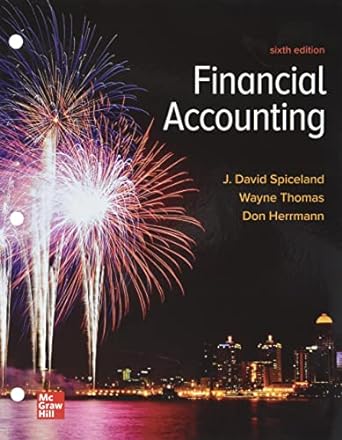Question
The auditor is planning the audit of financial statements with December 31 2021 as the year-end. Here is what she learned so far: The entity
The auditor is planning the audit of financial statements with December 31 2021 as the year-end. Here is what she learned so far:
The entity has been granted a new loan for the expansion of its warehouse:
renovation has been completed during the summer
bank requires the Working capital ratio[1] to have a minimum of 2.0 upon financial year-end
The sole owner of the entity plans to sell its shares within the next two years:
in this industry, businesses are usually sold at a price that corresponds to 8 times the amount of net income
Here is the last balance sheet available for the entity:
| Balance sheet As at October 30 |
| ||||||
|
| 2021 | 2020 | Variation | ||||
| Cash Accounts receivable Inventory
Buildings, net
Accounts payable and accrued liabilities Current portion of long-term debt
Long-term debt
Capital stock Retained earnings | 8,000 1,270 89,340 98,610
543,000 641,610
19,900 32,000 51,900
164,000
100,000 325,710 641,610
|
| 7,400 1,250 67,400 76,050
352,000 428,050
16,000
100,000 312,050 428,050
|
| +600 +20 +21,940
+191,000
+3,900 +32,000
+164,000
- +13,660 |
| |
Required:
identify the factors that increase inherent risk in this scenario, please explain briefly
identify the impact of these factors on the risk of material misstatement:
at the financial statements level
at the assertion level (consider accounts of both the balance sheet and the income statement)
[1] Working capital ratio = Current assets/Current liabilities
Step by Step Solution
There are 3 Steps involved in it
Step: 1

Get Instant Access to Expert-Tailored Solutions
See step-by-step solutions with expert insights and AI powered tools for academic success
Step: 2

Step: 3

Ace Your Homework with AI
Get the answers you need in no time with our AI-driven, step-by-step assistance
Get Started


